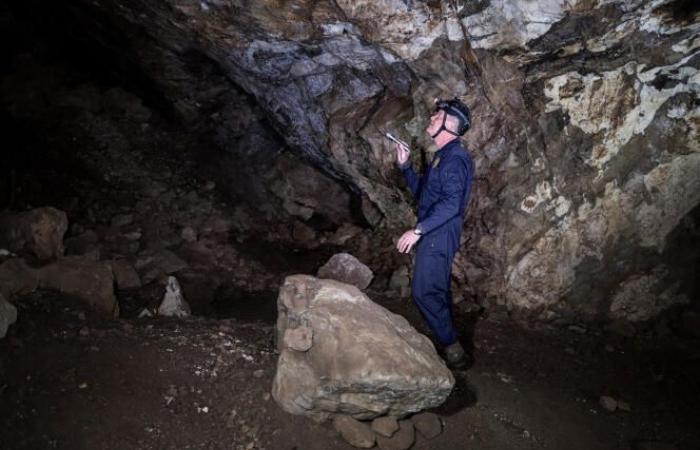Homo star never ceases to make waves. This small hominin was discovered in 2013 in a South African cave by the team of paleoanthropologist Lee Berger. Did it bury its dead in caves? Did it carve signs on their walls? Had it, with its brain the size of an orange, developed a spirituality, a symbolism? This is what the American researcher, attached to the National Geographic Society, claims.
On June 5, 2023, Lee Berger had put forward these hypotheses in several articles not yet peer-reviewed (preprints), indicating that they would appear in the journal eLifeA few weeks later, he appeared in a documentary broadcast by Netflix, leading the investigation into the very heart of the Rising Star cave, located near Johannesburg.
In it, he supported the revolutionary idea that this extinct cousin with a debated status could have developed funeral rituals two hundred and fifty thousand years ago, well before the first burials attributed to our own species and to Neanderthals, dated to around one hundred and twenty thousand years ago, in the Near East. In a new preprint posted online on August 12, he reiterates this hypothesis, providing new analyses intended to answer the many objections it has raised.
Warnings
In fact, from June 6, 2023, in The Conversationa full critique of this thesis was posted online. Then, on July 13, Lee Berger’s articles published the day before in eLife appeared accompanied by anonymous comments commissioned from experts, according to a mode of operation specific to the journal. These reviews were severe. ELife He himself included at the head of each manuscript an assessment considering the conclusion that H. star would have intentionally buried his dead. All accompanied by an initial response from Lee Berger’s team.
These warnings by eLife were considered too late by some specialists, while the work of Lee Berger – which had previously been rejected by the journal Science – had already benefited from wide publicity. “That’s what politicians do: they say what they want, and they know that by the time the fact-checkers arrive, people will have moved on.”says Jamie Hodgkins (University of Colorado at Denver), who agreed to evaluate the articles, in a YouTube podcast.
The critics went further. In November 2023, Maria Martinon-Torres (National Research Center on Human Evolution in Burgos, Spain), already a signatory of the article by The Conversationand his colleagues published, in the Journal of Human Evolutiona study titled “There is no scientific evidence thatHomo star buried its dead and produced cave art.” The fossils could, they say, have just as easily accumulated naturally at the bottom of the cave.
You have 72.87% of this article left to read. The rest is reserved for subscribers.







